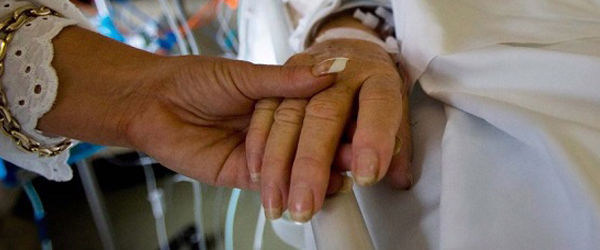Canonization requires a second miracle after beatification, though a pope may waive these requirements. (A miracle is not required prior to a martyr’s beatification, but one is required before canonization.)
nHistory
Before beatification and canonization procedures were assigned to the Congregation for the Causes of Saints (instituted in 1588 by Pope Sixtus V) and to the Holy Father himself, it was the “vox populi” or “spontaneous local attribution” which led to the proclaiming of saints. This was the case, for example, of St. Anthony of Padua.
The first formal canonization which resulted from a papally mandated investigation was in 993 when Pope John XV declared Ulric of Augsburg a saint. Pope Urban VIII required Vatican involvement in all sainthood causes in 1634.
No precise count exists of those who have been proclaimed saints since the first centuries. However, in 1988, to mark its fourth centenary, the Congregation for the Causes of Saints published the first “Index ac status Causarum.” This book and its subsequent supplements, written entirely in Latin, are considered the definitive index of all causes which have been presented to the congregation since its institution.
Stage I: Examining the Life of a Candidate for Sainthood
Phase 1: Diocesan Level: Five years must pass from the time of a candidate’s death before a cause may begin. This is to allow greater balance and objectivity in evaluating the case and to let the emotions of the moment dissipate. The pope can dispense from this waiting period.
The bishop of the diocese in which the person died is responsible for beginning the investigation. The diocese, parish, religious congregation, or association asking for a cause to be opened, known as the petitioner, asks the bishop through a person known as the postulator to open the investigation. (A bishop also may begin a cause on his own initiative.)
The bishop, once the “nihil obstat” of the Holy See is obtained, forms a diocesan tribunal for this purpose. Witnesses are called before the tribunal to recount concrete facts on the exercise of Christian virtues considered heroic, that is, the theological virtues of faith, hope and charity, and the cardinal virtues of prudence, justice, temperance and fortitude, and others specific to his or her state in life. In addition, all documents written by and about the candidate must be gathered and examined.
The bishop also will consult with the national bishops’ conference, or at least the bishops of his region to solicit their opinions on the merit and timeliness of introducing the cause. Likewise, he will consult the general public, asking for anyone with any knowleddge of the candidate to come forward.
Phase II: Congregation for the Causes of Saints: Once the diocesan investigation is finished, the documentation is passed on to the Congregation for the Causes of Saints. The public copy used for further work is put together here. The postulator for this phase, resident in Rome, follows the preparation of the “Positio,” or summary of the documentation that proves the heroic exercise of virtue or the martyrdom, under the direction of a member of Congregation’s staff called a relator.
The “Positio” undergoes an examination by nine theologians who give their vote. If the majority of the theologians are in favor, the cause is passed on for examination by cardinals and bishops who are members of the Congregation. They hold meetings twice a month. If their judgment is favorable, the prefect of the Congregation presents the results of the entire course of the cause to the pope, who gives his approval and authorizes the congregation to draft the relative decree.
The public reading and promulgation of the decree follows.
Stage II: Beatification
For the beatification of a Servant of God, a miracle attributed to his intercession, verified after his death, is necessary. The required miracle must be proven through the appropriate canonical investigation, following a procedure analogous to that for heroic virtues. This investigation, too, is concluded with the appropriate decree.
Once the two decrees are promulgated (regarding the heroic virtues or martyrdom and the miracle) the Holy Father decides on beatification, which is the concession of limited public veneration --- usually only in the diocese, region, or religious community in which the Servant of God lived. With beatification the candidate receives the titled of Blessed.
Stage III: Canonization
For canonization another miracle is needed, attributed to the intercession of the Blessed and having occurred after his beatification. The methods for affirming the miracle are the same as those followed for beatification. Canonization is understood as the concession and requirement of public veneration in the Universal Church. With canonization, the Blessed acquires the title of Saint.
This article from the USCCB Office of Media Relations is a dapted from “Canonical procedure for causes of saints,” Vatican Information Service, Sept. 12, 1997; and from “Saints in the Catholic Church,” Vatican Information Service, July 29, 1997.

